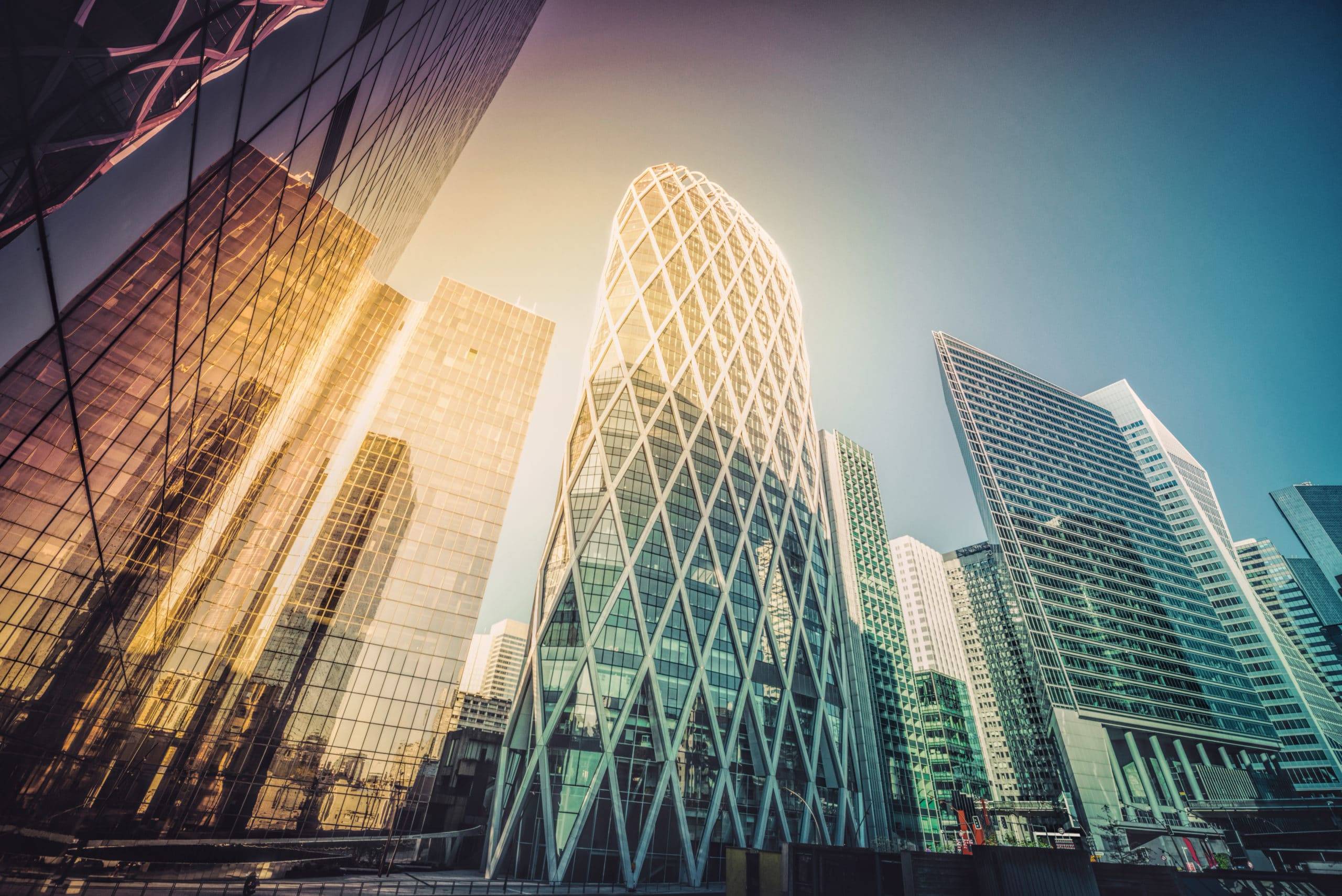
Powered by an intelligent IoT ecosystem, Kterio capitalizes on building data to deliver a seamless, holistic experience. Smart sensors and connected devices monitor and control every aspect of the building, from lighting and HVAC to security and maintenance. Data-driven insights optimize energy usage, reducing environmental impact and operating costs.
Kterio’s advanced analytics provide valuable information on assets’ performance and occupants comfort level and streamlined access controls. The integration of AI and Machine Learning enables the building to learn and adapt, anticipating occupants’ needs and continuously improving efficiency.
Moreover, Kterio prioritizes sustainability, leveraging renewable energy sources and promoting green practices throughout the building. The synergy of technology and sustainability sets the Kterio Smart Building apart as an exemplary model for future construction and retrofit projects.
Conclusion
Bottom line – embracing IoT solutions and building data utilization is essential to stay ahead in the ever-evolving world of Commercial Real Estate. The Laggard Building’s reluctance to adapt, the Moderate Innovator’s incomplete implementation, and the remarkable achievements of the Kterio Smart Building serve as crucial examples of the impact smart solutions can have on building performance, occupant experience, and sustainability. As the future of building construction takes shape, the smartest buildings will undoubtedly lead the way, transforming our environments and improving lives on a global scale.
Integrated Smart Solutions, LLC — DBA KTERIO

© 2024 Integrated Smart Solutions, LLC, All Rights Reserved.
| Cookie | Duration | Description |
|---|---|---|
| cookielawinfo-checkbox-analytics | 11 months | This cookie is set by GDPR Cookie Consent plugin. The cookie is used to store the user consent for the cookies in the category "Analytics". |
| cookielawinfo-checkbox-functional | 11 months | The cookie is set by GDPR cookie consent to record the user consent for the cookies in the category "Functional". |
| cookielawinfo-checkbox-necessary | 11 months | This cookie is set by GDPR Cookie Consent plugin. The cookies is used to store the user consent for the cookies in the category "Necessary". |
| cookielawinfo-checkbox-others | 11 months | This cookie is set by GDPR Cookie Consent plugin. The cookie is used to store the user consent for the cookies in the category "Other. |
| cookielawinfo-checkbox-performance | 11 months | This cookie is set by GDPR Cookie Consent plugin. The cookie is used to store the user consent for the cookies in the category "Performance". |
| viewed_cookie_policy | 11 months | The cookie is set by the GDPR Cookie Consent plugin and is used to store whether or not user has consented to the use of cookies. It does not store any personal data. |